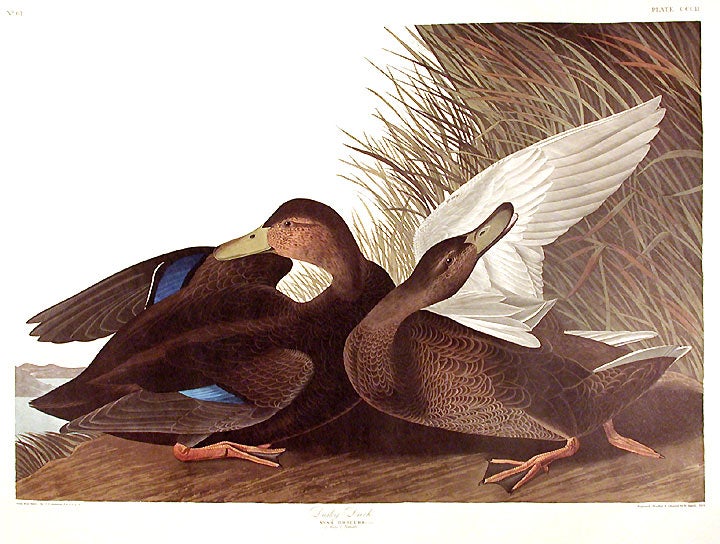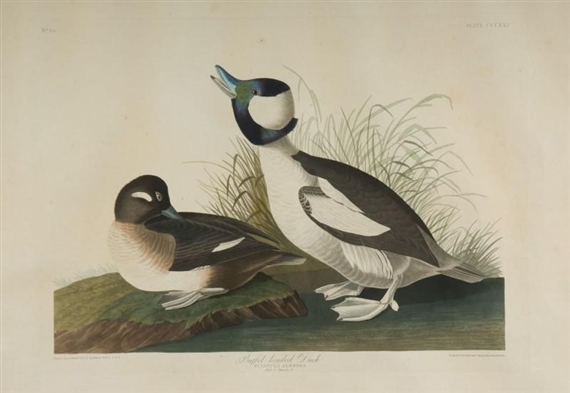March 31.
P. M. — To Flint’s Pond.
A fresh south or southeast wind.
The most forward willow catkins are not so silvery now, more grayish, being much enlarged and the down less compact, revealing the dark scales.
Flint's, Fair Haven, and Walden Ponds broke up just about the same time, or March 28th, this year. This is very unusual. It is because on account of the mildness of the winter Walden did not become so cold as the others, or freeze so thick, and there was proportionally less thawing to be done in it.
They are burning brush nowadays. You see a great slanting column of dun smoke on the northeast of the town, which turns out to be much farther off than you suppose. It is Sam Pierce burning brush. Thus we are advertised of some man's occupation in a neighboring town. As I walk I smell the smoke of burnings, though I see none.
In the wood-paths now I see many small red butterflies, I am not sure of what species, not seeing them still. The earliest butterflies seem to be born of the dry leaves on the forest floor.
I see about a dozen black ducks on Flint's Pond, asleep with their heads in their backs and drifting across the pond before the wind. I suspect that they are nocturnal in their habits and therefore require much rest by day.
So do the seasons revolve and every chink is filled. While the waves toss this bright day, the ducks, asleep, are drifting before it across the ponds.
Every now and then one or two lift their heads and look about, as if they watched by turns. I see also two ducks, perhaps a little larger than these, I am pretty sure without red bills and therefore not sheldrakes (and they are not nearly as white as sheldrakes ordinarily), with more elevated heads and gibbous (?) bills. The heads, bills, and upper parts of neck, black; breast, white or whitish; but back sober-colored. Can they be brant or mallards? [Were they geese?]
The leaves are now so dry and loose that it is almost impossible to approach the shore of the pond without being heard by the ducks.
I am not sure but I heard a pine warbler day before yesterday, and from what a boy asks me about a yellow bird which he saw there I think it likely.
Just after sundown I see a large flock of geese in a perfect harrow cleaving their way toward the northeast, with Napoleonic tactics splitting the forces of winter.
C. says he saw a great many wood turtles on the bank of the Assabet to-day. The painted and wood turtles have seemed to be out in surprising abundance at an unusually early date this year, but I think I can account for it.
The river is remarkably low, almost at summer level. I am not sure that I remember it so low at this season. Now, probably, these tortoises would always lie out in the sun at this season, if there were any bank at hand to lie on. Ordinarily at this season, the meadows being flooded, together with the pools and ditches in which the painted turtles lie, there is no bank exposed near their winter quarters for them to come out on, and I first noticed them underwater on the meadow. But this year it is but a step for them to the sunny bank, and the shores of the Assabet and of ditches are lined with them.
C. heard hylas to-day.
H. D. Thoreau, Journal, March 31, 1858
Flint's, Fair Haven, and Walden Ponds broke up just about the same time, or March 28th, this year. This is very unusual. See note to March 31, 1855 ("Looking from the Cliffs I see that Walden is open to-day first, and Fair Haven Pond will open by day after to-morrow.”)
C. heard hylas to-day. See March 31, 1857 (“How gradually and imperceptibly the peep of the hylodes mingles with and swells the volume of sound which makes the voice of awakening nature!”)
The painted and wood turtles have seemed to be out in surprising abundance at an unusually early date this year. See March 31, 1857 ("The tortoises now quite commonly lie out sunning on the sedge or the bank.“)






